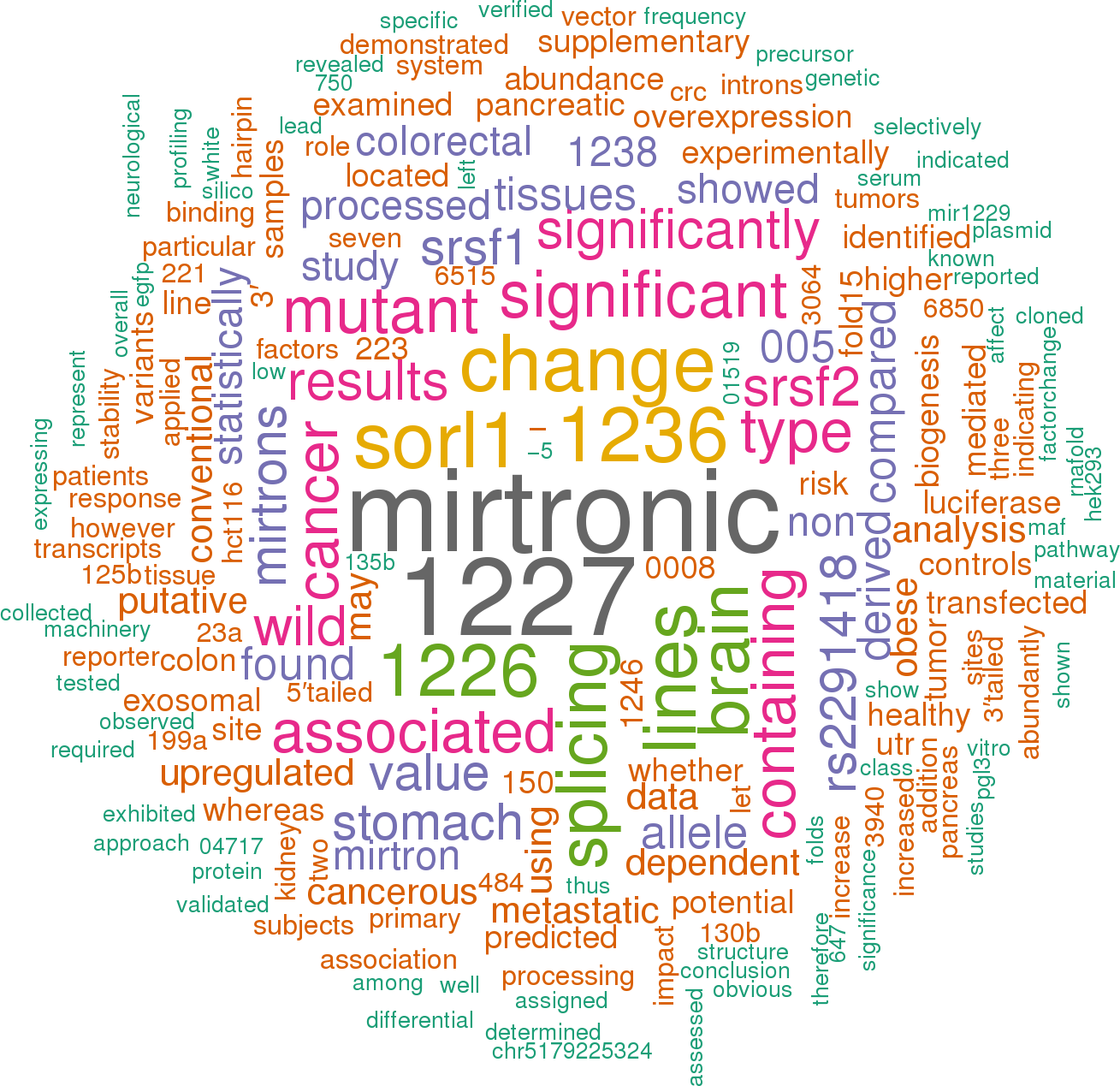9 papers mentioning hsa-mir-1229
Open access articles that are associated with the species Homo sapiens
and mention the gene name mir-1229.
Click the buttons to view sentences that include the gene name, or the word cloud on the right for a summary.

 |
 |
 |
 |
 |
 |
 |
 |
 |
